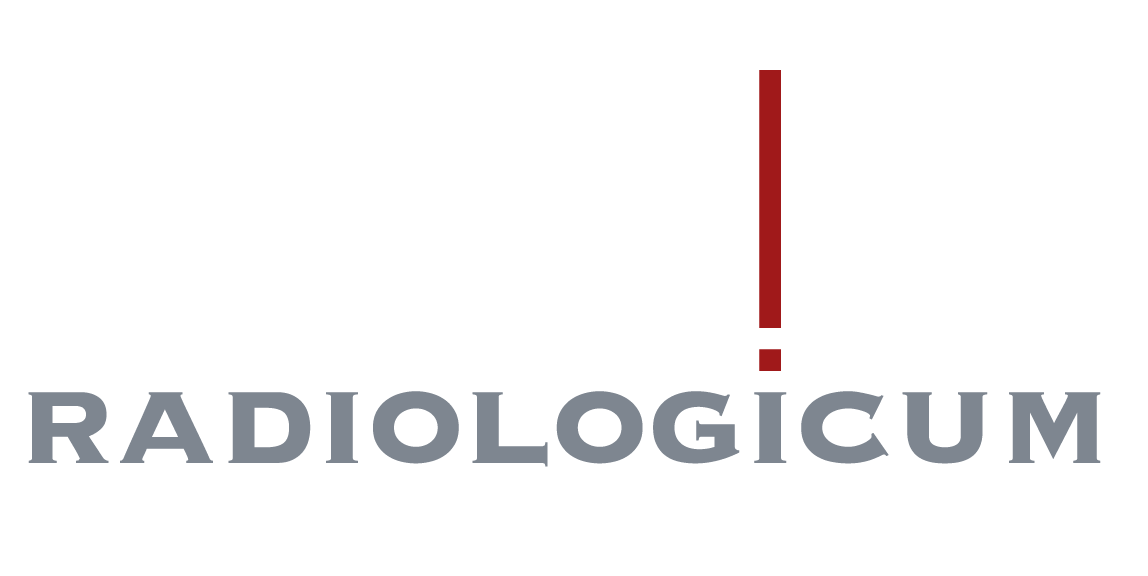You will lie down on a table that slides into the MRI-scanner, in supine position with your head first and the region of interest is always in the centre of the scanner. Coils, to receiving the signal and good image quality, will be placed around your abdomen and with straps to the left and right side. The radiologist decides which examination protocol will be performed, according to your complains, symptoms or the indication – for example the pelvis, hip, prostate or uterus. The duration of the examination is around 30 minutes.
It is possible that the radiographer injects a medicine before or during the examination, called Buscopan. Buscopan has the effect that movement in the area of the stomach, intestines and biliary tract is less, so the examination is of better quality (less so-called artefacts). Important: please inform the radiographer if you suffer from increased intraocular pressure (glaucoma). After the examination you do not need to pay attention to anything, that means you can drive a car of go back to work afterwards, unless you cannot tolerate the medication. During the examination the contrast material is being injected and different scans will be performed.
When is contrast material being used?
Contrast material intravenously is necessary for the examination, but before the examination starts the radiologist will take a look at the indication. The radiographer will inform, instruct and prepare you for the examination. With contrast material it is possible to assess the organs better, for example tumours or inflammation (soft tissue, organs, tendons, joints).
